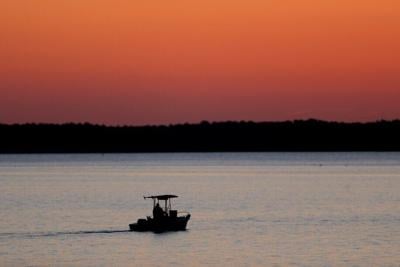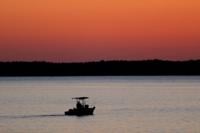CHESAPEAKE BAY - Chesapeake Bay Program researchers and other scientists are predicting a smaller dead zone in the Bay this year due to lower than average rainfall.
Dead zones, or hypoxic areas, are sections of water with lower oxygen counts caused by algal blooms. The algae growth is accelerated by nutrient pollution, and the dead zones the blooms cause can kill or reduce the available habitat for marine life, according to the Chesapeake Bay Program.
Researchers say that the lower rainfall this spring indicates that less nutrients may have been washed from the land into the water, resulting in fewer resources for the algal blooms to grow. Nitrogen runoff was reportedly 42% lower than the average between January and May 2023, significantly decreasing fuel for the algae.
The dead zones are thus predicted to be 33% smaller than the historic average this year, the research says. If these predictions are true, it would be the Chesapeake’s smallest dead zone on record.
“We are pleased to see that the hypoxic dead zone is predicted to diminish again this year, and hope this continues to be a trend,” said Chesapeake Bay Program Director Dave Campbell. “While the changing climate impacts the dissolved oxygen and water temperatures observed in the Bay, so does nutrient pollution. We will continue to support the hard work happening across the partnership to sustain this positive trend for below-average dead zones in the Chesapeake Bay.”
The Program says that while rainfall played a large role in dead zone size, efforts to limit nutrient pollution in the Chesapeake Bay also contribute to their reduction. Research reportedly shows the Bay’s dead zone has been smaller than average for the past three years, pointing to progress in those efforts.


